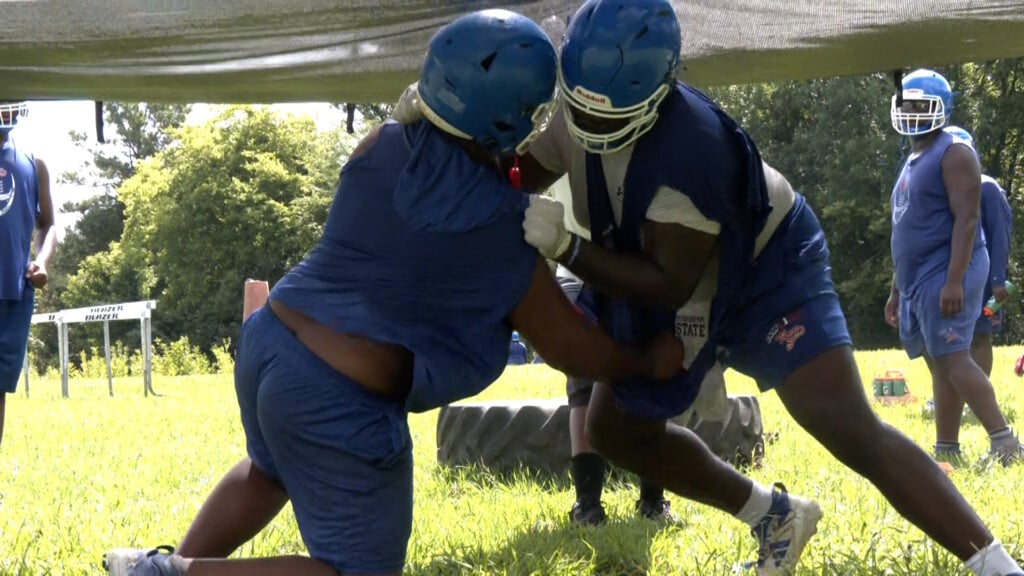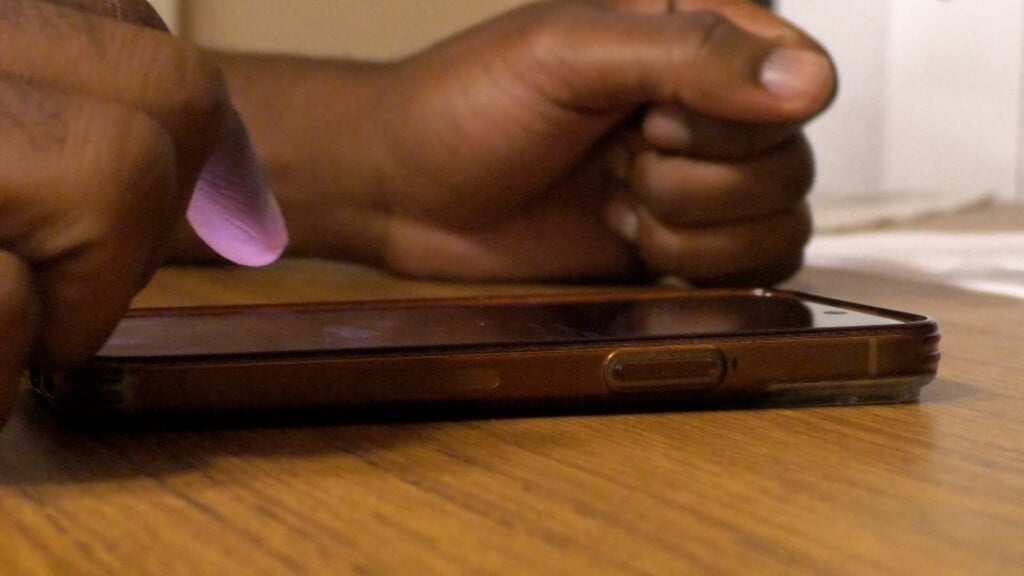Why house flipping may be starting to flop
- Returns on investment in house flipping reached an eight-year low in the second quarter, according to real estate data.
- The number of homes being flipped declined by more than 5% compared with the same period last year.
- While housing prices themselves rose more than 4% during this time, the profits on homes that were flipped fell by 2%.
“Flipping” houses and condos — buying low, then rehabbing and selling for a profit — is as much a part of the American dream as home ownership itself. Cable TV is full of popular shows like “Flipping Out,” “Flip This House” and “Flipping Vegas.” But recent data found that this still-profitable market may have topped out — or at the very least taken a breather.
A new report on nationwide home flipping conducted by real estate data provider ATTOM Data Solutions concluded that the number of homes being flipped decreased by more than 5% in the second quarter compared with the same period last year. But even more ominous, according to ATTOM Data, is that flippers’ average return on investment, or the difference between what they paid and sold the property for, has dropped to an eight-year low.
These findings are particularly significant because the second quarter, which stretches from April through the end of June, is traditionally the time of year when most people buy and sell homes. And while housing prices themselves rose more than 4% during this time, the profits on homes that were flipped fell by 2%.
Trending News
“Home flipping is getting less and less profitable, which is another marker that the post-recession housing boom is softening and may be coming to an end,” warned Todd Teta, ATTOM Data’s chief product officer.
Teta isn’t ready to raise the red flag yet. “Flipping houses is still a good business to be in, and profits are still healthy in most parts of the country, but business is nowhere near as good as it was a few years ago,” he added.
During the great real estate boom of 2004 to 2006, flipping was considered a great way for middle-class people to earn money since lenders were offering easy financing. But that all came crashing down with the Great Recession of 2008. And it was only partially revived by hedge funds and private equity firms that could still afford to make investments in the market.
Home flipping resumed its upward trajectory when housing prices started to rebound in 2011, and, according to ATTOM Data, in 2017 a total of more than 138,000 houses were flipped by individuals and institutions.
The data provider believes that flippers can still make money. The typical gross flipping profit in the second quarter — which doesn’t include the flipper’s renovation costs, operating expenses, property taxes and sales costs — was nearly $63,000, or about 40% of the original price paid for the home. But that’s down from more than 44% a year ago.
And houses are taking longer to sell. Homes flipped in the second quarter took an average of 184 days to sell, up from 180 days earlier this year and a day longer than it took a year ago.
One good sign for house flippers: New home construction isn’t keeping up with demand, rendering older rehabbed homes — particularly in urban areas — more valuable.
Despite the total quarterly drop in home flipping, more than 100 of the nearly 150 metropolitan areas ATTOM Data analyzed saw increases in flips. Raleigh, North Carolina had a 72% increase in home flipping, while nearby Charlotte rose 54%. Atlanta and San Antonio, Texas, were up 46% and Tucson, Arizona, increased 43%.
Flipping reached new peaks in Pittsburgh and Oklahoma City. By contrast, Springfield, Missouri was down and Baton Rouge, Louisiana dropped 50%.





Leave a Reply